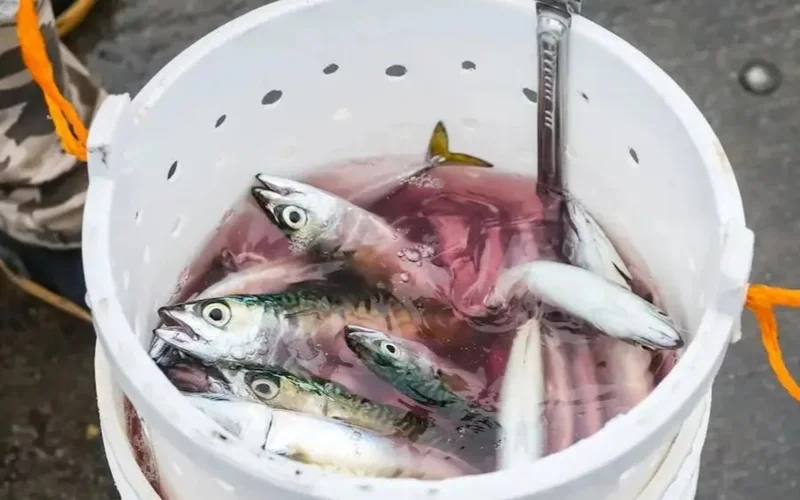Fisheries sector of Kazakhstan booms: 21% growth recorded
The year 2025 marked a landmark year for Kazakhstan's fisheries sector. In June, the Law "On Aquaculture" was adopted to improve operating conditions for domestic producers to promote import substitution and boost export potential, Kazinform News Agency cites energyprom.kz.

Production overview
A special tax regime has been introduced for legal entities engaged in aquaculture, reducing mandatory budget payments by 70%.
According to data from the Bureau of National Statistics, the production of fish, crustaceans, and mollusks (processed and canned) increased by 20.7% from January to July of this year, reaching 35,500 tons. However, this growth momentum is largely attributed to a low base in 2024, when the country produced 17% less fish than the previous year.
This year's significant achievement is that the volume of domestic production in the sector has equaled imports for the first time since 2022. Meanwhile, deliveries to foreign markets have declined: exports and re-exports from Kazakhstan in the first seven months of 2025 totaled 10,300 tons - a 17.3% drop from the same period last year.
The rise of fish farming
Over the past few years, farms engaging in aquaculture have been recovering and expanding production. In 2024, all farms nationwide produced 18,200 tons of fish and aquatic animals, or 2.5 times more than in 2021.
Among regions, the clear leader is the Turkistan region, providing a quarter of the total fish farmed. In 2024, its volume reached 4,400 tons of carp, pike perch, silver carp, and grass carp.
The East Kazakhstan region ranked second, with impressive results of just over 2,000 tons of commercial fish, or 3.8 times more than in 2021. The region's primary species include trout, carp, wild carp, and salmon.
The top five fish farming regions also include the Zhambyl (1,800 tons), Almaty (1,700 tons), and North Kazakhstan (1,600 tons) regions. Trout is predominantly farmed in the south, while peled is grown in the north, with all listed regions showing strong volume increases.
Financial results and investment
These production results spurred financial growth: the total value of aquaculture products and services increased 2.3-fold during this period, from 6.5 billion to 14.9 billion tenge.
Despite lower production volume, the East Kazakhstan region led in revenue (KZT 3.1 billion), while the Turkistan Region generated slightly less (KZT 2.9 billion). This difference is attributed to the product value: trout is valued higher on the market than carp.
Most regions, even those with small volumes of farmed fish, have experienced a significant surge in production over the past three years. Aquaculture as a business has attracted many entrepreneurs due to the adoption of state subsidy programs for the construction of fish farms and cage facilities. This led to a peak of investment activity in 2023, with a record KZT 22.3 billion invested in fish farming infrastructure, and the opening of several large farms.
However, fixed capital investment in aquaculture slowed in 2024. From January to August of this year, investment was KZT 3.4 billion, a 20.3% decrease compared to the same period in 2024.
Future growth is still anticipated: the Fisheries Committee announced in early September the opening of a major new trout farm in the Mangistau region, with cages installed in the Caspian Sea. The project cost is approximately KZT 12 billion, supported by a KZT 5 billion soft loan.
Overall, 39 new aquaculture farms are planned to open across the regions over the next two years, with a total investment value of KZT 50 billion.
Kazinform earlier reported that a massive salmon farm project kicked off in the Mangistau region.
